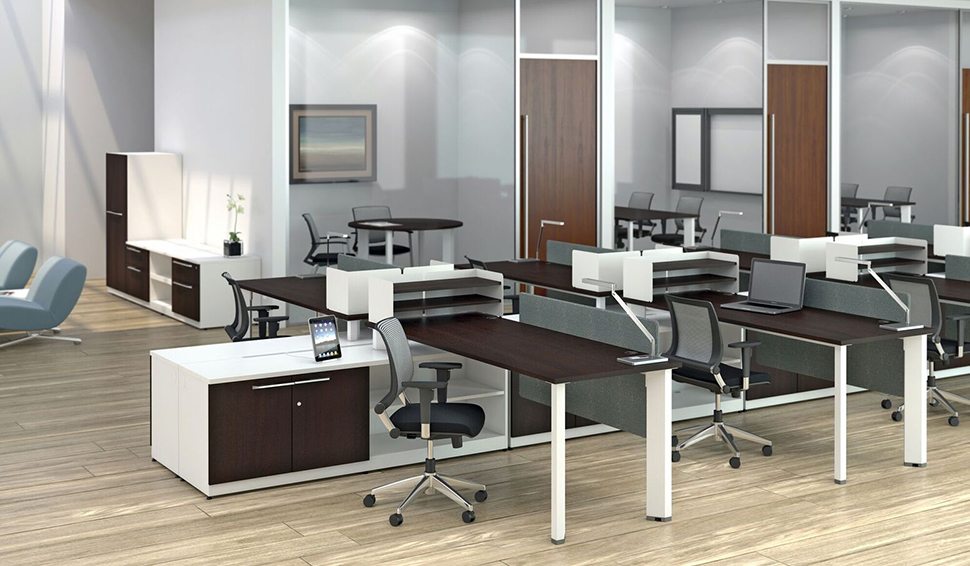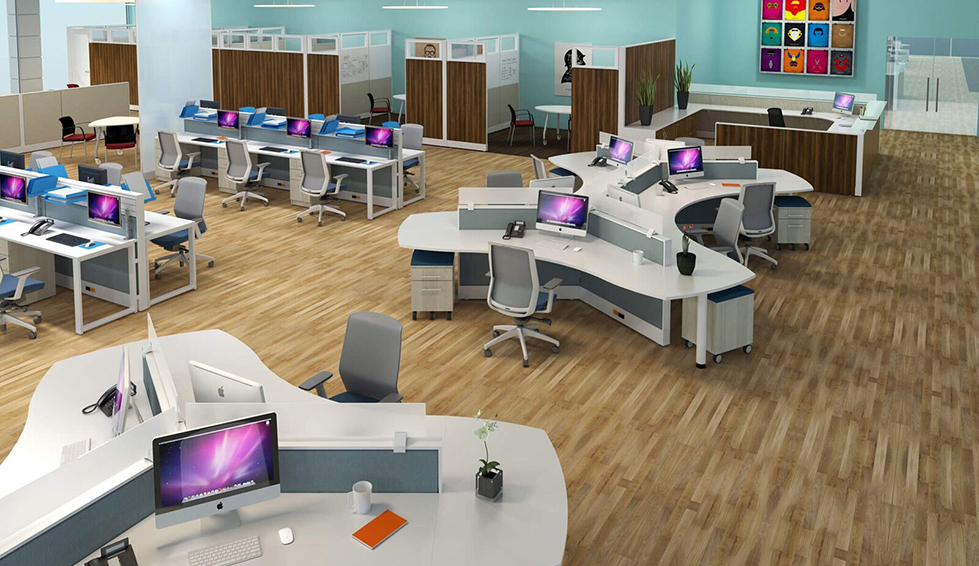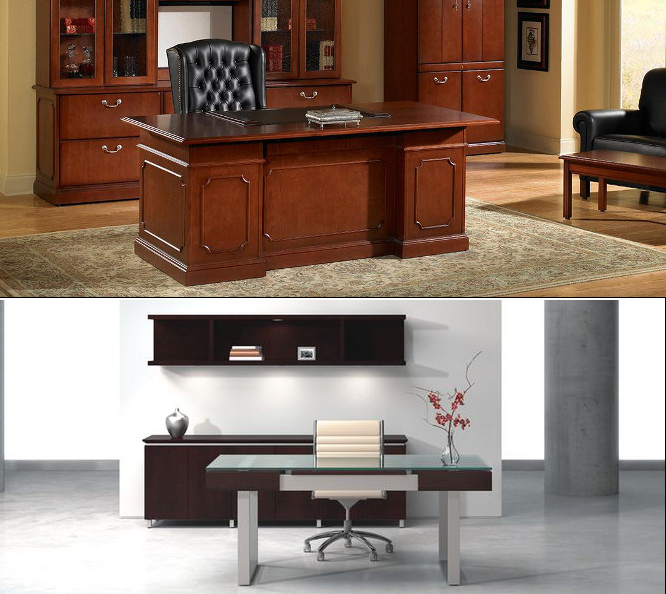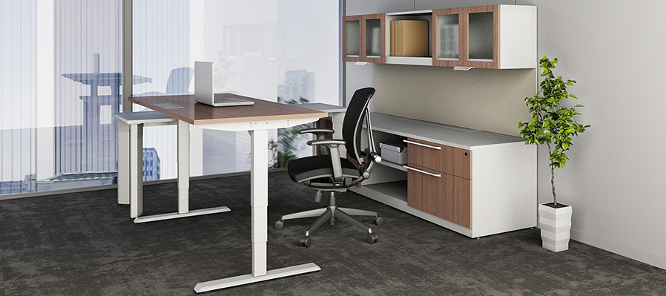08 Nov The Perfect Office Layout for Your Business
Open Office versus Privacy: Cubicles Offer the Best of Both Worlds
Open office workspace is the new thing with nearly 70% of offices now using open plans. But are totally open office layouts actually the best and most productive office layouts for employees? In an effort to appear “up to date” some businesses have actually created more stressful work environments for their employees. Studies show that the majority of employees prefer private space for most types of office work AND that they are more productive and less stressed when cubicles are used correctly in an attractive office layout.
Cubicle Advantages
Most employees say that cubicles give them the privacy they need to concentrate without disruption, thereby increasing their productivity. Sure, most workplaces need collaborative efforts at times, but having workspace set aside for collaborative time is a better option than having workers in an open environment all the time. By using private cubicles combined with more open benching, you can have the best of both worlds.
Employees Want Privacy
Some industries such as video game design studios might benefit from a totally open office design, but most businesses need the correct balance between private and open space. Most businesses need the majority of their office layout to offer privacy and quiet. The majority of employees say an open workspace is distracting, especially because most of the time they aren’t collaborating.
Here are some sample comments we heard:
“Hated our open office. Needed sound-proofing and privacy. Couldn’t hear myself think.”
“Clients hated hearing noise in the background, and it was hard to concentrate on them.”
Plan for you Unique Needs

Take the time to really analyze what each of your employees does and what provides them with optimum surroundings. Consider questions such as:
-Do they spend a great deal of the time on the phone where their conversations would bother others and they need quiet?
-How much room do they need to do their job well and have the space they need?
-Does their job involve quiet to concentrate on things like research or design?
-Should you group certain team members near each other but in their own workstations?
-How often do employees need to brainstorm and collaborate in the jobs they do?
-Should some employees be in an open space together to be in frequent contact and bat ideas around?
-Who needs a truly private office? Did you know that you can have a floor to ceiling private office cubicle?
Bringing Your Vision to Fruition
Once you have a clear vision of the needs of your employees, you will have a much clearer idea of your ideal office layout. That layout will be one to assure employees comfort and maximum satisfaction and productivity.
Luckily with all our new cubicles, benching and workstations, you can get the privacy you need and still have an office layout with a very modern feel. Using different combinations of cubicles and benching is the way to go. Cubicles can be very private and feature sound control. You can even include floor to ceiling private office cubicles in your layout. You can include collaborative areas also. Employees can then spend most of their time in a private space and go to workspaces designed for collaboration and teamwork when needed.
Cubicle By Design Can Help
 Cubicle By Design offers aesthetically pleasing cubicles and workstations of all types and configurations. Today’s options are “Not your Father’s Cubicles.” You can have a very modern look and still have an office layout that best suits the way your business functions. Your office layout will be focused on the needs and well-being of your employees which is your key to productivity. Let us help you through the entire process, from your vision through installation so you have the office that is unique to your needs.
Cubicle By Design offers aesthetically pleasing cubicles and workstations of all types and configurations. Today’s options are “Not your Father’s Cubicles.” You can have a very modern look and still have an office layout that best suits the way your business functions. Your office layout will be focused on the needs and well-being of your employees which is your key to productivity. Let us help you through the entire process, from your vision through installation so you have the office that is unique to your needs.














